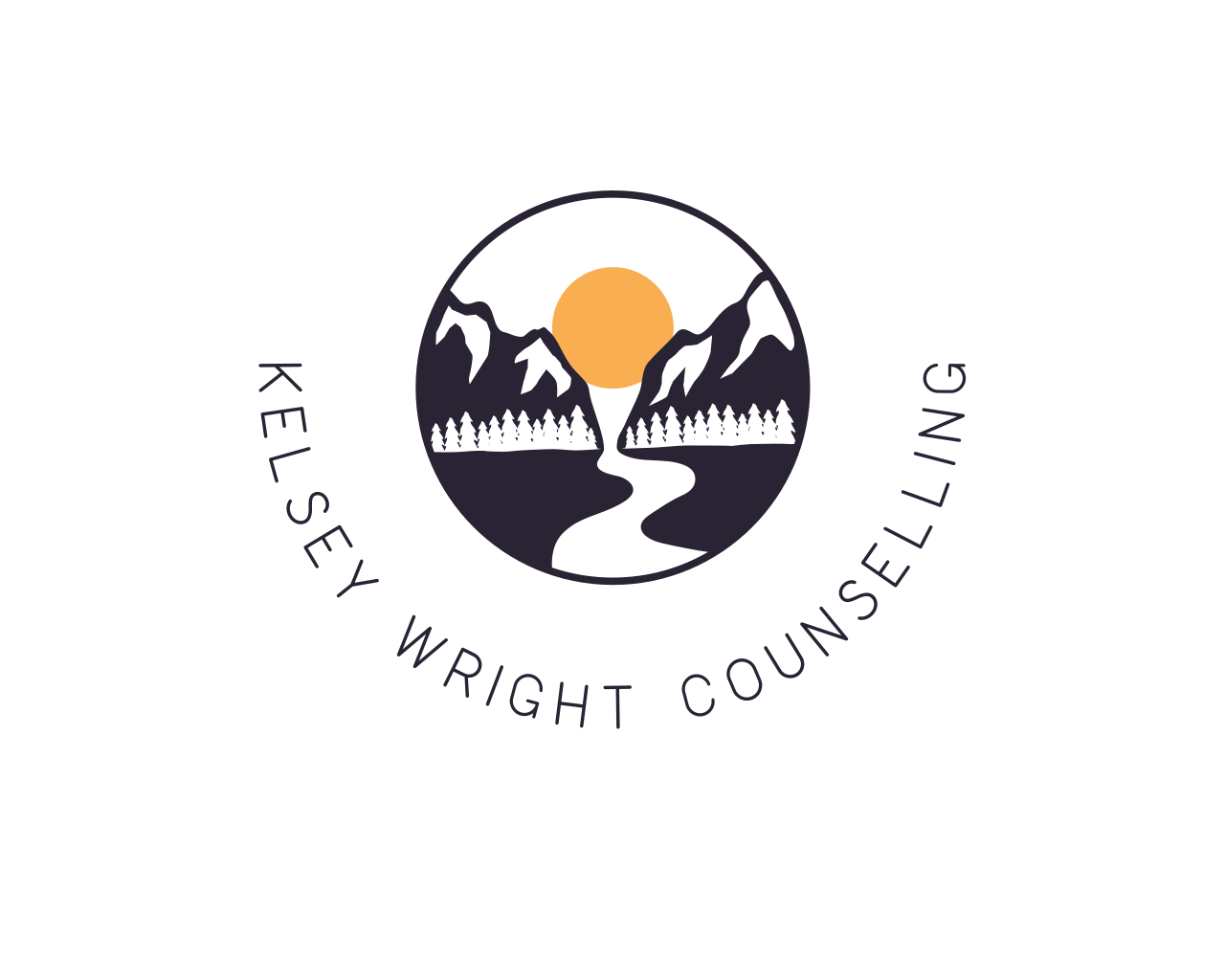The All-or-Nothing Thinking Trap: Finding Balance in Squamish and the Sea-to-Sky Corridor
Living in Squamish, Whistler, or Pemberton often means embracing a lifestyle that's always on the go. Between work, family, friendships, and partnerships, there's a constant drive to fit it all in—whether it’s skiing, snowboarding, backcountry adventures, sledding in the winter, or mountain biking, climbing, hiking, and trail running in the summer. It’s an exhilarating way of life, but one that can easily turn into a mental health trap: all-or-nothing thinking.
In this part of the world, many of us fall into the mindset that we have to be doing it all—every weekend packed with activities, every social gathering attended, every work project balanced. This mindset keeps us in constant motion, striving to maximize our time outdoors, connect with our communities, and fulfill our work obligations. But the truth is, when we’re always busy, we lose touch with ourselves, and more importantly, with our emotional needs.
All-or-Nothing Thinking and the Sea-to-Sky Lifestyle
All-or-nothing thinking is a cognitive distortion where we see things in black and white, with no middle ground. In places like Squamish and Whistler, this might look like believing you have to either go all-in on an adventure or not do it at all—there’s no room for a middle ground, no space for a weekend that’s just a little bit quieter.
This thinking pattern often leads to burnout because we're constantly in "drive" mode. It pushes us to pack our schedules full, leaving little room to process emotions or tend to our mental health. We’re busy being busy, and that busyness can distract us from what’s really going on beneath the surface.
The Importance of Slowing Down
Slowing down is crucial, especially in a place where the default mode of living is fast-paced. When we don’t slow down, we lose the ability to know ourselves fully—to understand what we’re feeling, what we need, and what our bodies are telling us.
In psychology, we talk about the "rest and digest" state versus the "threat and drive" state. Most of us in the Sea-to-Sky Corridor operate predominantly in the latter. We’re in drive mode, which feels great when we’re climbing mountains or skiing down slopes, but when we're constantly in this state, it takes a toll on our mental health. The drive state keeps us pushing, while the rest and digest state allows us to relax, reflect, and recover.
The 3 Circles Model
The 3 Circles model of emotional regulation is helpful when thinking about balance. It outlines three emotional systems: the drive system (achievement, reward, and excitement), the threat system (fear, anxiety, and avoidance), and the soothing system (rest, calm, and contentment). In places like Squamish, many of us spend most of our time in the drive system—focused on achieving the next goal, conquering the next adventure.
However, we need to actively cultivate our soothing system to maintain mental well-being. This means embracing rest, reflection, and recovery as essential parts of life, not just something we do when there’s nothing left on the calendar. Slowing down isn’t a sign of weakness; it’s necessary for mental and emotional balance.
Finding Balance in a Fast-Paced World
Achieving balance doesn’t mean giving up the things you love—it’s about recognizing the need for both high-energy activities and restorative practices. Take time to pause, reflect, and listen to what your body and mind are telling you. Maybe that means skipping a hike or taking a weekend to unwind without any plans. Maybe it’s about having more moments of quiet amidst the busyness.
In a world that often feels like it’s all or nothing, finding a middle ground can lead to a more sustainable, fulfilling life—one where you don’t have to sacrifice your mental health to keep up with the pace of life in the Sea-to-Sky Corridor.





